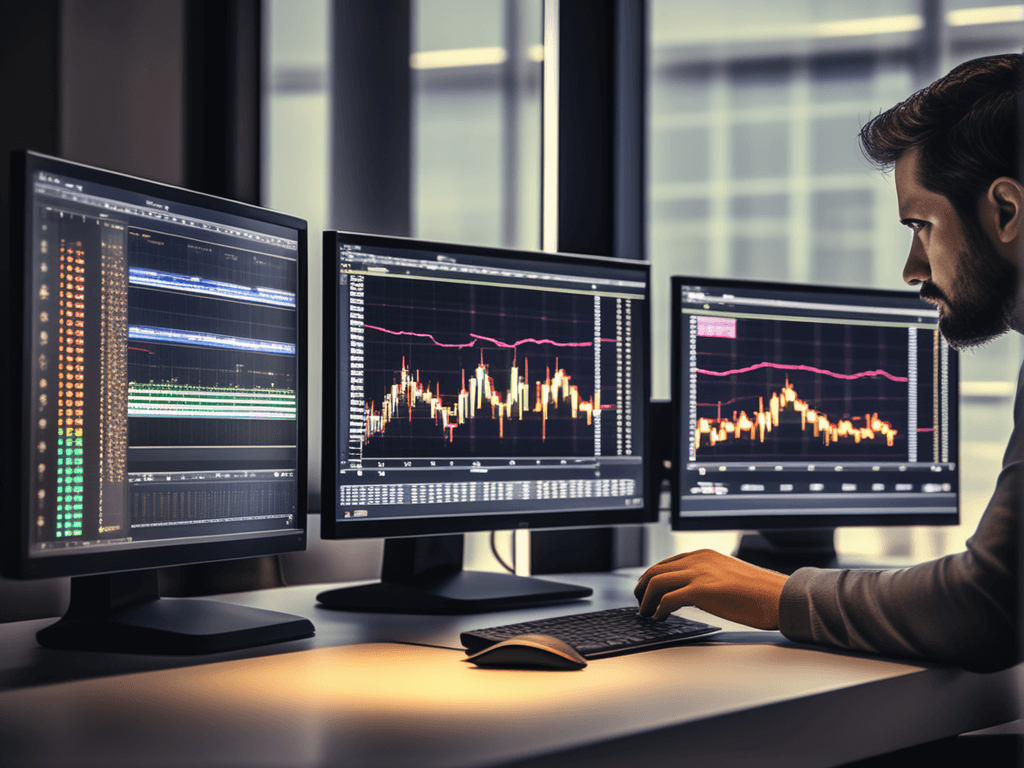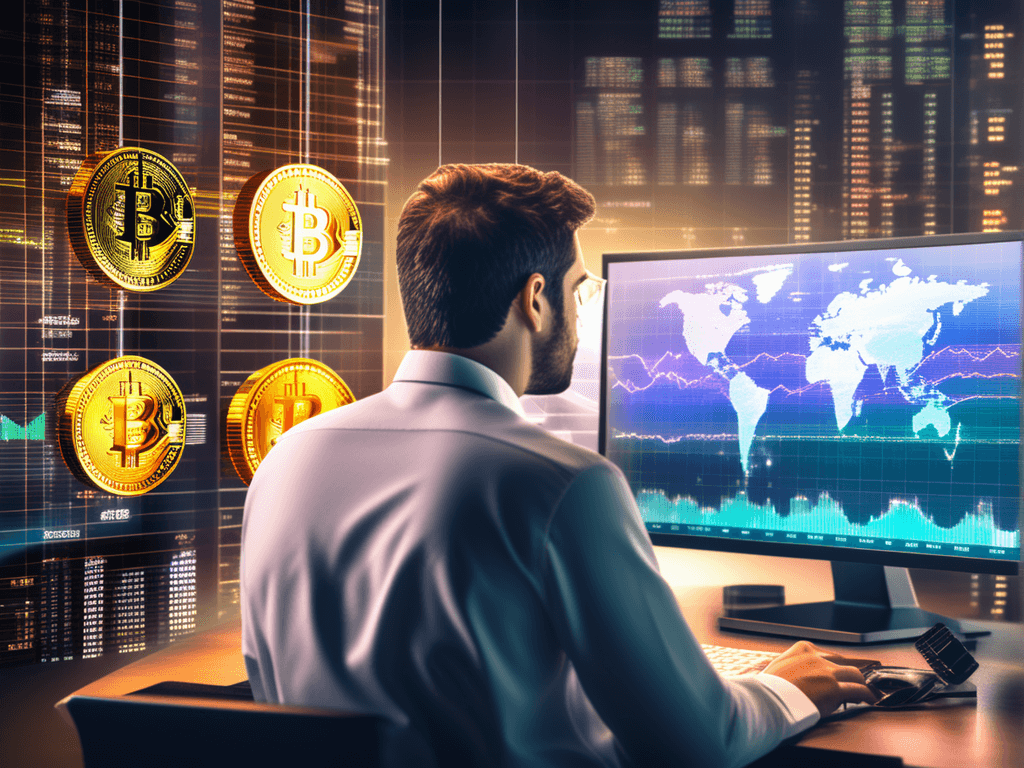Non-fungible tokens (NFTs) have taken the digital world by storm, revolutionizing the way we think about ownership, authenticity, and value in the digital realm. As a new technology, NFTs have immense potential but also come with their own challenges and pitfalls. This comprehensive guide provides an in-depth look at NFTs – what they are, how they work, their applications and impact, and the pros, cons, advice, examples, and frequently asked questions surrounding this rising phenomenon.

How to Use The Rise of NFTs: A Guide to Non-Fungible Tokens
Using NFTs involves a few key steps:
- Set up a cryptocurrency wallet that supports NFTs, like MetaMask. This allows you to purchase, store and trade NFTs.
- Browse NFT marketplaces like OpenSea and Rarible to find NFT projects and assets you want to purchase.
- Purchase the NFT using cryptocurrency, usually Ethereum. The NFT is then transferred to your crypto wallet.
- Now you officially own the NFT! You can view it in your wallet, sell it later on a marketplace, or even potentially use it within certain NFT-enabled games and virtual worlds.
Here are some best practices when getting started with NFTs:
- Research carefully before purchasing – look for signs of credibility in NFT projects.
- Start small – mint or purchase inexpensive NFTs first to understand the tech.
- Properly secure your wallet and wallet phrases – losing these could mean losing your NFTs.
- Consider gas fees for transactions on platforms like Ethereum. These can be high.
- Participate actively in NFT communities to keep learning about the space.
Pros and Cons of The Rise of NFTs: A Guide to Non-Fungible Tokens
Pros
- Verified scarcity and ownership – Each NFT is unique and ownership is verified on the blockchain, giving tangible value to digital items.
- Supporting artists/creators – NFTs allow digital artists and creators to monetize their work more easily.
- Interoperability – Some NFTs provide additional utility like unlocking content, gaming assets, event access, etc.
- Investment potential – Popular NFTs can rapidly increase in resale value over time, for those viewing them as investments.
- Innovation driver – NFT technology pushes boundaries and explores new applications of blockchain.
Cons
- Environmental impact – NFTs rely on energy-intensive proof-of-work blockchains like Ethereum, contributing to climate change.
- Overhype and speculation – FOMO and hype around NFTs can inflate their value beyond intrinsic worth. Market crashes can happen.
- Lack of regulation – The NFT space lacks oversight and holders have limited legal protections or recourse.
- Fraud risk – There are still plenty of bad actors in the NFT space, running pump and dump schemes, stealing art, etc.
- Transaction costs – Trading NFTs on Ethereum can be slow and expensive due to gas fees.

Advice for Using The Rise of NFTs: A Guide to Non-Fungible Tokens
Here is some key advice for navigating the world of NFTs safely and responsibly:
- Do your own research (DYOR) – Don’t just buy hype without digging deeper on creators and roadmaps. Look for authenticity and community.
- Start small to learn – Begin by spending small amounts to understand wallets, gas fees, etc before large investments.
- Secure keys and seeds – Be extremely protective of wallet keys and seed phrases. Don’t share these. Lost keys often means losing NFTs.
- Beware scams – If a project promises unrealistic returns or pressure to buy fast, it may be a scam. Verify creators.
- Sell with care – There can be complex tax implications when selling NFTs for profit. Understand this ahead of major sales.
- Consider energy use – When possible, choose eco-friendly NFT platforms like Tezos over Ethereum.
- Engage community – Having constructive discussions with other true NFT enthusiasts leads to more learning.
Examples of Key NFTs
- CryptoPunks – A generative pixel art collection widely seen as kicking off the NFT trend. Punks frequently sell for 6 or 7 figures.
- Bored Ape Yacht Club – A collection of over 10,000 unique illustrated apes, one of the most recognizable NFT brands.
- Axie Infinity – A blockchain game allowing players to breed, battle and trade cute pets called Axies.
- Beeple’s “Everydays” – Digital artist Beeple sold an NFT collage at Christie’s auction house for over $69M!
- Sorare – A fantasy football style game with officially licensed NFT player cards that can be traded and used in tournaments.
- Decentraland – A platform where users can purchase NFTs representing virtual land parcels to monetize in this virtual world.
These showcase the incredible diversity across collectibles, gaming, metaverse applications, fine art, and more.

5 FAQs about The Rise of NFTs: A Guide to Non-Fungible Tokens
What exactly is an NFT?
An NFT is a non-fungible token, representing a unique digital item like art, videos, music, etc. “Non-fungible” means it cannot be replaced by something identical. This scarcity establishes value, and ownership is verified on blockchains like Ethereum.
How do you purchase an NFT?
NFTs are purchased using cryptocurrency, usually Ethereum. You’ll need an Ethereum-compatible wallet like MetaMask. Browse NFT marketplaces for items you want to buy, purchase ETH from an exchange, then use that ETH to complete the NFT purchase.
Why do people think NFTs have value?
Much of the current value in NFTs is speculative, driven by hype, trends and perceived future usefulness. Their scarcity gives NFTs an inherent value for collectors, while creative uses like gaming, the metaverse and unlocking experiences give them additional utility for some.
Is investing in NFTs risky?
Yes, NFTs can represent risky investments since their underlying value outside of hype can be minimal. Make sure to research thoroughly before investing big money into higher-priced NFTs. The NFT space also holds risk of fraud, scams, and market volatility.
How can you make your own NFT?
Many NFT marketplaces like OpenSea allow users to easily mint their own NFTs without coding skills. You provide a digital file like a photo, set a description, attributes, number of copies, and blockchain metadata – then mint it on the platform’s smart contract. Gas fees apply.
Conclusion
NFTs stand poised to revolutionize digital ownership, creative economies, gaming, metaverse applications, investments, and potentially many industries more. But education on cautious use and responsible creation is still badly needed. This guide covers the core foundations, opportunities and risks to provide a balanced perspective on navigating the rise of NFTs.
Comments are closed.